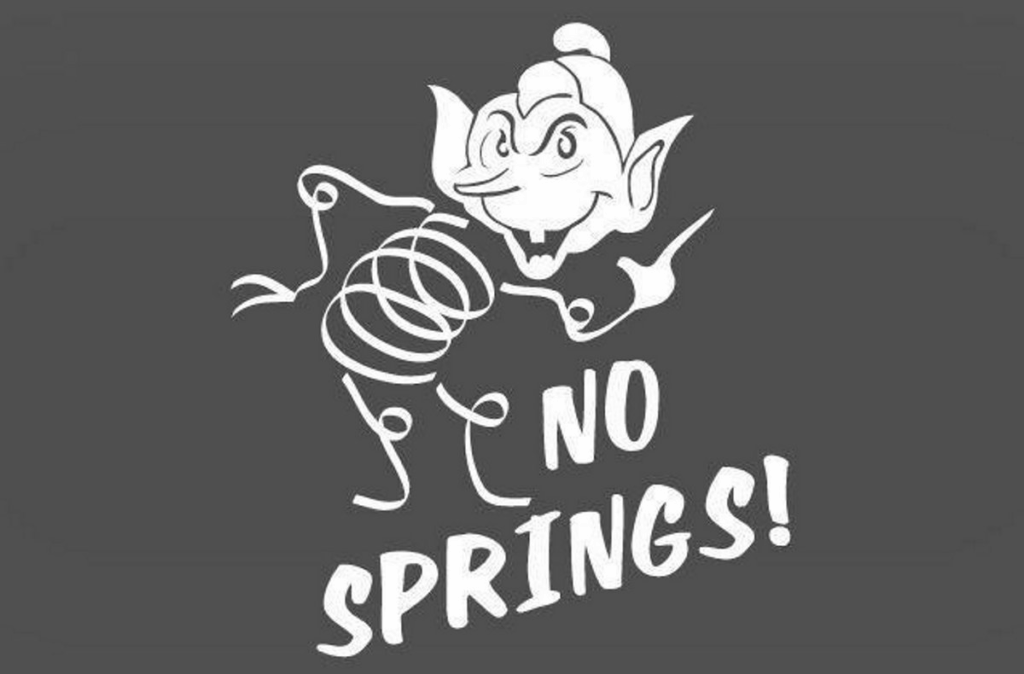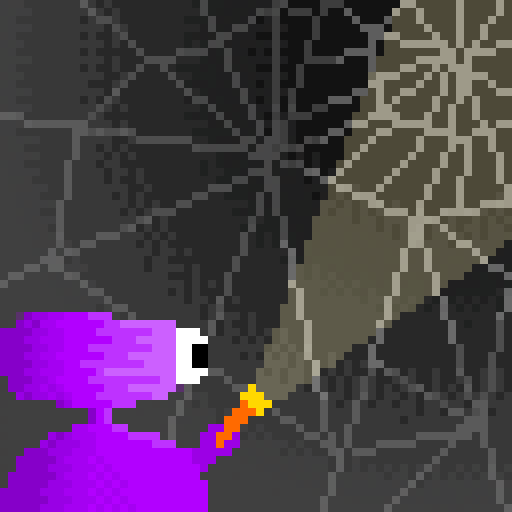It’s Halloween today! Boo! I don’t mean that in a bad way, I mean it enthusiastically! Boo, I say!
Growing up I was never a big fan of Halloween, other than the opportunity to get candy. I never wore a costume out. This has changed a bit in recent years, I still don’t dress up but I do try to observe the season. Today I’m running a video marathon of various things over on cytu.be. If you know me, you might know where to look to find it, if you’re interested in such things, but this isn’t really the place for it.
While waiting for trick or treaters, here’s a few vids to help you pass the time.
MrMatthews reviews all the Gameboy Castlevania titles (29m), a collection that rates from pretty good to abysmal. But that’s not what he says, he pretty much likes them all, even Adventure and Legends.
U Can Beat Video game’s walkthrough of NES Castlevania (35m), and Video Games 101’s walkthrough of the same game (26m). There’s UCBVG’s run of Castlevania Bloodlines (2h14m). My favorite though is UCBVG’s run of Castlevania III, a 2 hour, 22 minute epic that covers all characters and routes, which is what I’m embedding here. Note, though, that it doesn’t go through the more difficult second loop….
If your tastes run a bit more academic, Jeremy Parish has some dives into the Castlevania games: the original (16m) II: Simon’s Quest (15½m), Super IV (17m) and Circle of the Moon (23m). He hasn’t done III yet it seems. His old design discussions of the NES Castlevania games at anatomyofgames.com are still up, marred a bit by the fact that the site’s been hacked to host links to casino sites. Earlier this month Jeremy appeared on the Still Loading podcast to talk about the ‘Vainia, which you can listen to on the site, or on Youtube (1h33m). The embeds below are of the original and the podcast:
To finish off, an early Sundry item, TerminalMontage’s “Something About Castlevania” animation (4m). This is basically Simon Belmont’s whole personality: violence.










